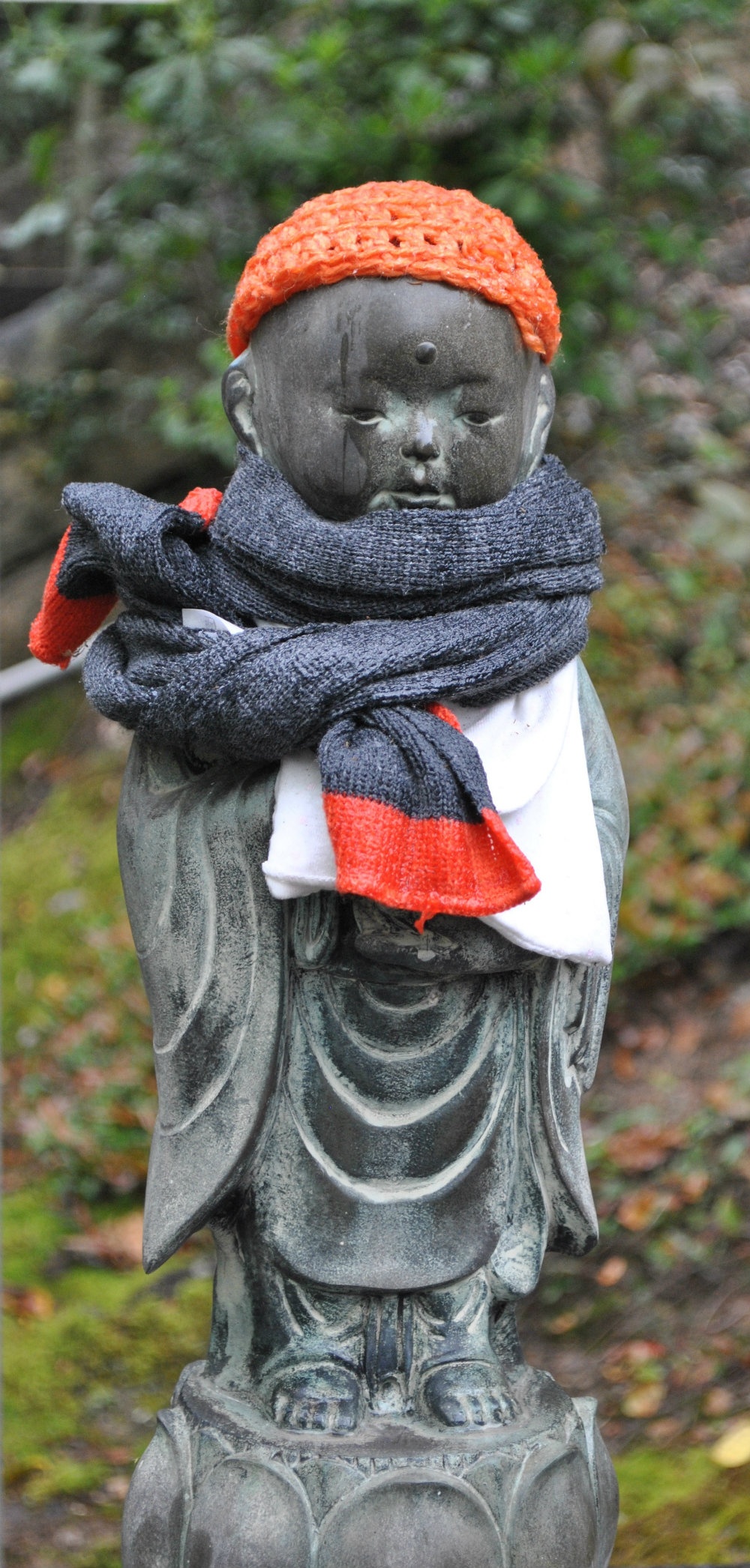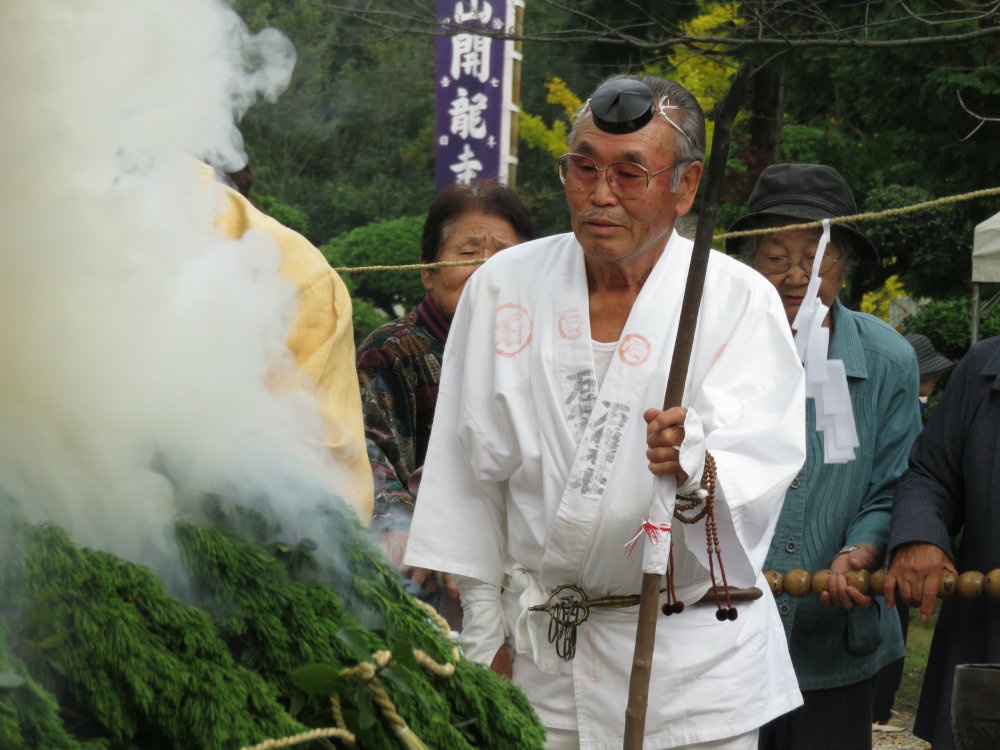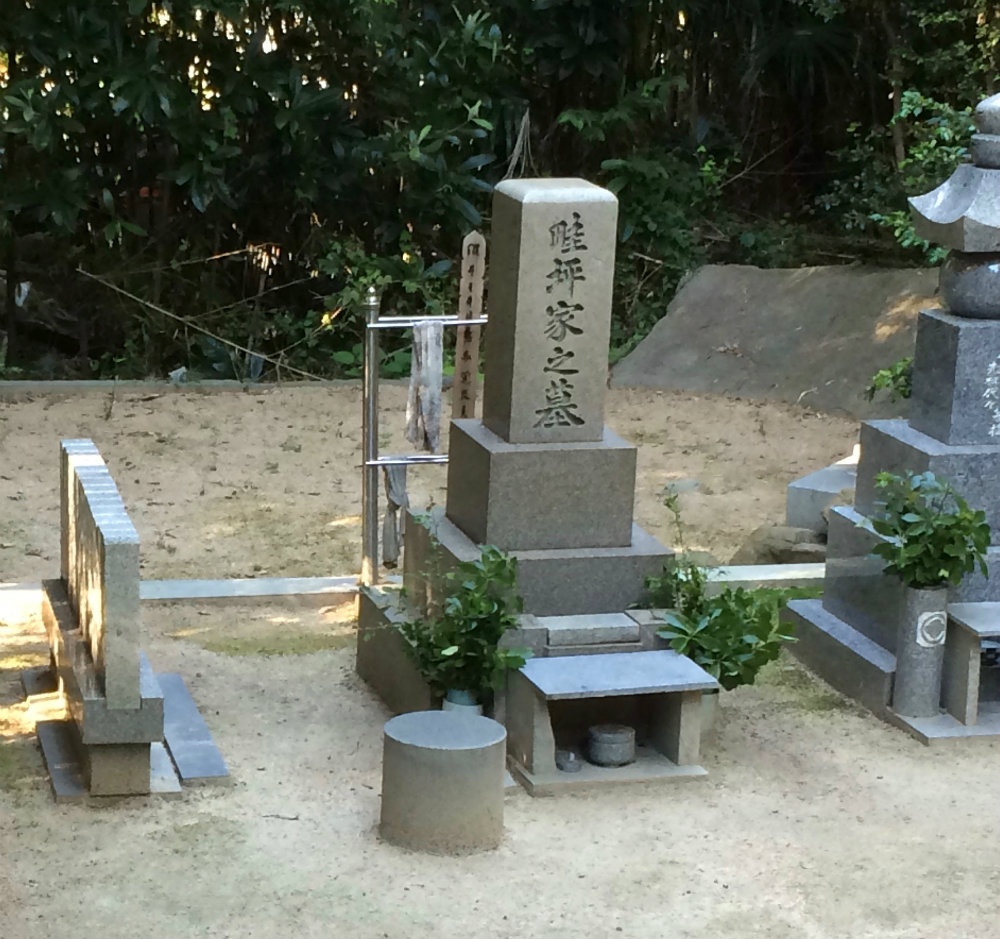Brush Up on Your Japanese Buddhism Knowledge
There are two main religions in Japan: Buddhism and Shinto. Shinto is Japan’s indigenous religion, and is an animist belief system that worships nature and incorporates over 8 million kami (gods or deities). Buddhism, on the other hand, made its way from mainland Asia to Japan around the sixth century.
By SoraNews24Honji-suijaku

http://en.rocketnews24.com/2016/01/30/japanese-buddhism-in-10-minutes%E3%80%90rocketpedia%E3%80%91/
Honji-suijaku is the idea that the Shinto gods are incarnations of Buddhas and bodhisattvas. The pantheon of Shinto gods was brought into the fray in an effort to smoothly integrate Shingon Buddhism with Shinto. In this way, Buddhist temples and Shinto shrines were able to combine and coexist like this Japanese deity standing on a lotus flower.
Fire Ceremonies

http://en.rocketnews24.com/2016/01/30/japanese-buddhism-in-10-minutes%E3%80%90rocketpedia%E3%80%91/
Another element to Buddhism is fire ceremonies. Fudomyo, the god of fire, protects all living beings and helps them reach enlightenment by burning or cutting away their defilements. He is also sometimes called the Remover of Obstacles. You won't want to miss out on attending one of these fascinating fire ceremonies invoking the fire god Fudomyo while you’re in Japan.
Mandala

https://upload.wikimedia.org/wikipedia/commons/3/3f/Taima_Mandala%2C_14th_century%2C_Metropolitan_Museum_of_Art%2C_57.156.6.jpg
Buddhism uses mandala to make sense of the cosmic forces of nature. The mandala above is the Taima Mandala, which is housed in the in Taima-dera Temple in Nara and dates all the way back to the year 763!
Funerals
Japanese funerals are Buddhist. One oft-repeated maxim is that “Shinto celebrates life and Buddhism celebrates death.” So while most Japanese people have a Shinto wedding, they also have a Buddhist funeral. The Obon period in August is a holiday when it is believed that ancestors come back to visit their home towns.
When the Buddha passed away, his body was cremated and his ashes were placed in monuments around the world, where people could still visit him to pay their respects. This is how Buddha’s finger occasionally goes on tour and makes the rounds of the world via special exhibits.
If the Buddha were still alive today, he’d be 2,550 years old, give or take. But you can still visit him in one of the many dedicated monuments that hold his ashes in Japan (and the rest of the world).





